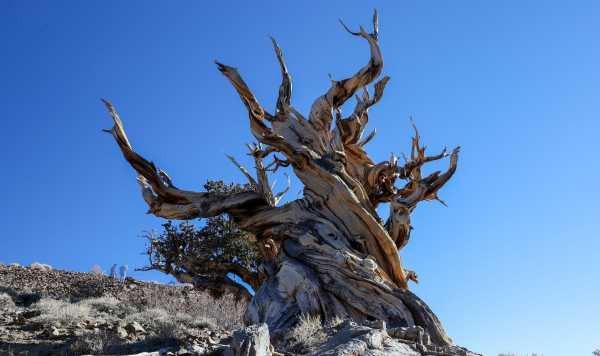The demise of Washington, D.C.’s oldest tree invites contemplation on the lifespan of America itself.

Credit: Tayfun Coskun/Getty Images Loading the Elevenlabs Text to Speech AudioNative Player…
Nearly a year ago, the most ancient tree in Washington, D.C., toppled unexpectedly. The Northampton Oak had likely taken root around the era of the Mayflower Compact and stood for over four centuries in Chevy Chase, just inside the District’s border with Maryland. Towering and robust, its vast canopy shaded the street below for generations. Yet it collapsed abruptly on a calm July afternoon, offering no forewarning.
This tree lingers in my thoughts as the U.S. marks its 249th year. The Northampton Oak was youthful when Charles I became king in 1626. By the time colonists rebelled against George III in 1775, it was already ancient. It bore silent witness to the nation’s history, standing just miles from pivotal events—until, one day, it no longer did. Now, only a stump remains.
Before the Northampton Oak’s fall, Maryland’s eldest tree also succumbed. The Linden Oak, though not as old, had thrived in Bethesda for over three centuries, predating even the Declaration of Independence. Its decline was gradual—first losing its largest limb in 2020, failing to bloom in 2022, and finally being declared a hazard before removal in mid-2023.
I meant to visit the Linden Oak before its final days but never did. Regret lingers, but perhaps it was just as well. The Northampton Oak’s end was quick and unanticipated, while the Linden Oak suffered a protracted, pitiful demise—its fate decided by others, not nature.
Reflecting on fallen giants during Independence Day may seem somber, yet with America, it’s unavoidable. This nation remains an experiment, and experiments inevitably conclude. The timing and manner are uncertain—hopefully distant—but the outcome is inevitable. Though often called young and vigorous, when does a country grow old?
Many envision their nation’s end as dramatic—a sudden collapse, like the Northampton Oak. Reality, however, mirrors the Linden Oak: a prolonged decline, ignored until removal becomes necessary. Few endings match our imagined grandeur.
Subscribe Today Get daily emails in your inbox Email Address:
Some trees, like certain high-altitude pines out West, defy time, surviving 5,000 years despite harsh conditions. Their secret remains unknown—perhaps adversity itself sustains them. The U.S. is too young to grasp such endurance. Five millennia surpass even the Great Pyramid’s age, a span America may never approach.
And yet, in a way, it already has. Sir Thomas Browne, centuries ago, described America as a “great antiquity,” hidden for ages. “Time reveals ancient wonders,” he wrote, “making even the earth itself a discovery.”
No words better capture this land—new yet ancient, like those timeless trees that, despite their age, still flourish with life.
Sourse: theamericanconservative.com